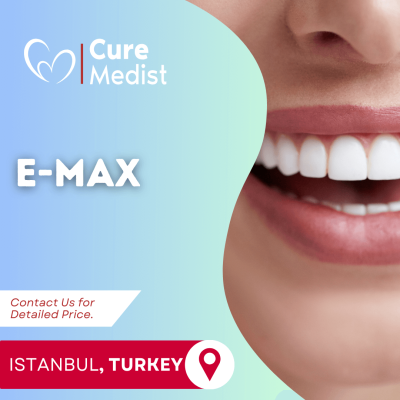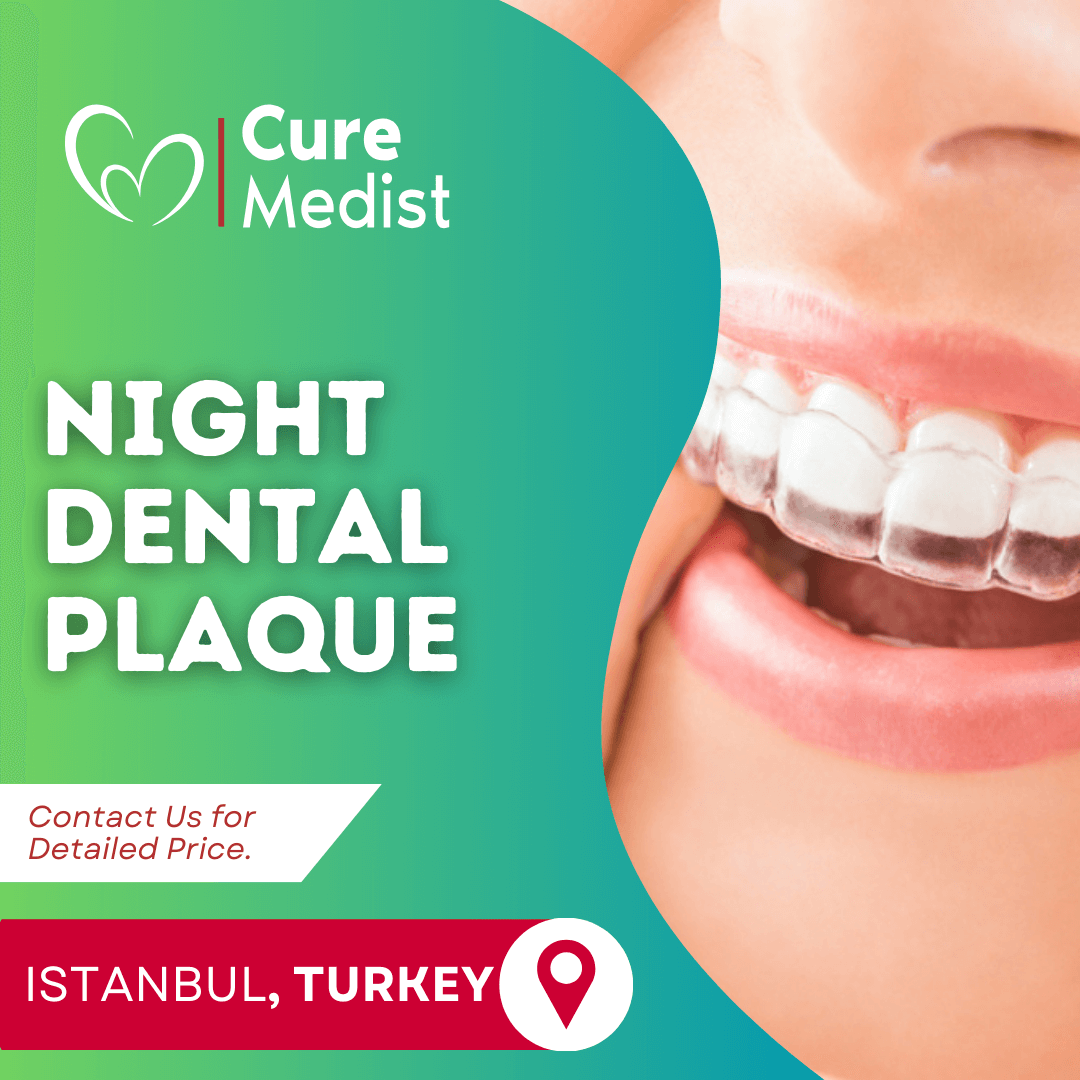E-Max is a type of dental ceramic known for its excellent aesthetic qualities and durability. It is commonly used for dental restorations such as crowns, veneers, inlays, and onlays. Here’s a detailed overview of E-Max:
What is E-Max?
E-Max, or lithium disilicate glass-ceramic, is a high-strength ceramic material used in dentistry. It is produced by Ivoclar Vivadent and is highly regarded for its combination of strength and esthetics, making it suitable for a variety of dental restorations.
Types of E-Max Restorations:
- E-Max Crowns: Used to cover and restore damaged or decayed teeth. They are known for their natural appearance and are often used on both anterior (front) and posterior (back) teeth.
- E-Max Veneers: Thin shells of ceramic that are bonded to the front surface of teeth to improve appearance, correct discoloration, or fix minor alignment issues.
- E-Max Inlays and Onlays: Custom-made fillings that fit into or onto the prepared cavity of a tooth, providing a conservative restoration for decayed or damaged teeth.
- E-Max Bridges: Used to replace one or more missing teeth by anchoring to adjacent teeth.
Procedure:
- Initial Consultation:
- Assessment: The dentist evaluates the patient’s dental condition to determine if an E-Max restoration is appropriate.
- Preparation: The tooth is prepared by removing any decay or damaged portions and shaping it to fit the restoration.
- Impression and Temporary Restoration:
- Impression: An impression of the prepared tooth is taken, either using traditional dental putty or a digital scanner.
- Temporary Restoration: A temporary restoration may be placed to protect the tooth while the E-Max restoration is being fabricated.
- Fabrication of the E-Max Restoration:
- The impression is sent to a dental lab, where the E-Max restoration is custom-made to fit the prepared tooth precisely.
- Alternatively, if the dentist’s office is equipped with CAD/CAM technology, the restoration can be designed and milled on-site, often within the same visit.
- Fitting and Bonding:
- Fitting: The temporary restoration is removed, and the E-Max restoration is tried in to ensure proper fit, color, and occlusion (bite).
- Bonding: Once the fit is confirmed, the E-Max restoration is permanently bonded to the tooth using a strong dental adhesive.
Benefits:
- Aesthetic Appeal: E-Max restorations have a natural translucency that closely mimics the appearance of natural teeth, making them ideal for visible areas.
- Strength and Durability: E-Max is highly resistant to fractures and wear, providing a long-lasting solution for dental restorations.
- Minimal Tooth Preparation: E-Max restorations often require less tooth reduction compared to other materials, preserving more of the natural tooth structure.
- Biocompatibility: E-Max is well-tolerated by the gums and surrounding oral tissues, reducing the risk of adverse reactions.
Maintenance:
- Oral Hygiene: Regular brushing and flossing are essential to maintain the health of the E-Max restoration and surrounding gums.
- Dental Check-Ups: Routine dental visits are important to monitor the condition of the restoration and overall oral health.
- Avoid Hard Foods: While E-Max is durable, it is still advisable to avoid biting on extremely hard objects to prevent potential damage.
Suitability:
- Versatility: E-Max is suitable for a wide range of restorations, including crowns, veneers, inlays, onlays, and bridges.
- Candidates: Ideal for patients seeking a durable, aesthetically pleasing restoration that blends seamlessly with natural teeth.
E-Max restorations offer a combination of high strength and superior esthetics, making them a popular choice for many dental procedures. Consulting with a dentist can help determine if E-Max is the right material for your specific dental needs and conditions.





